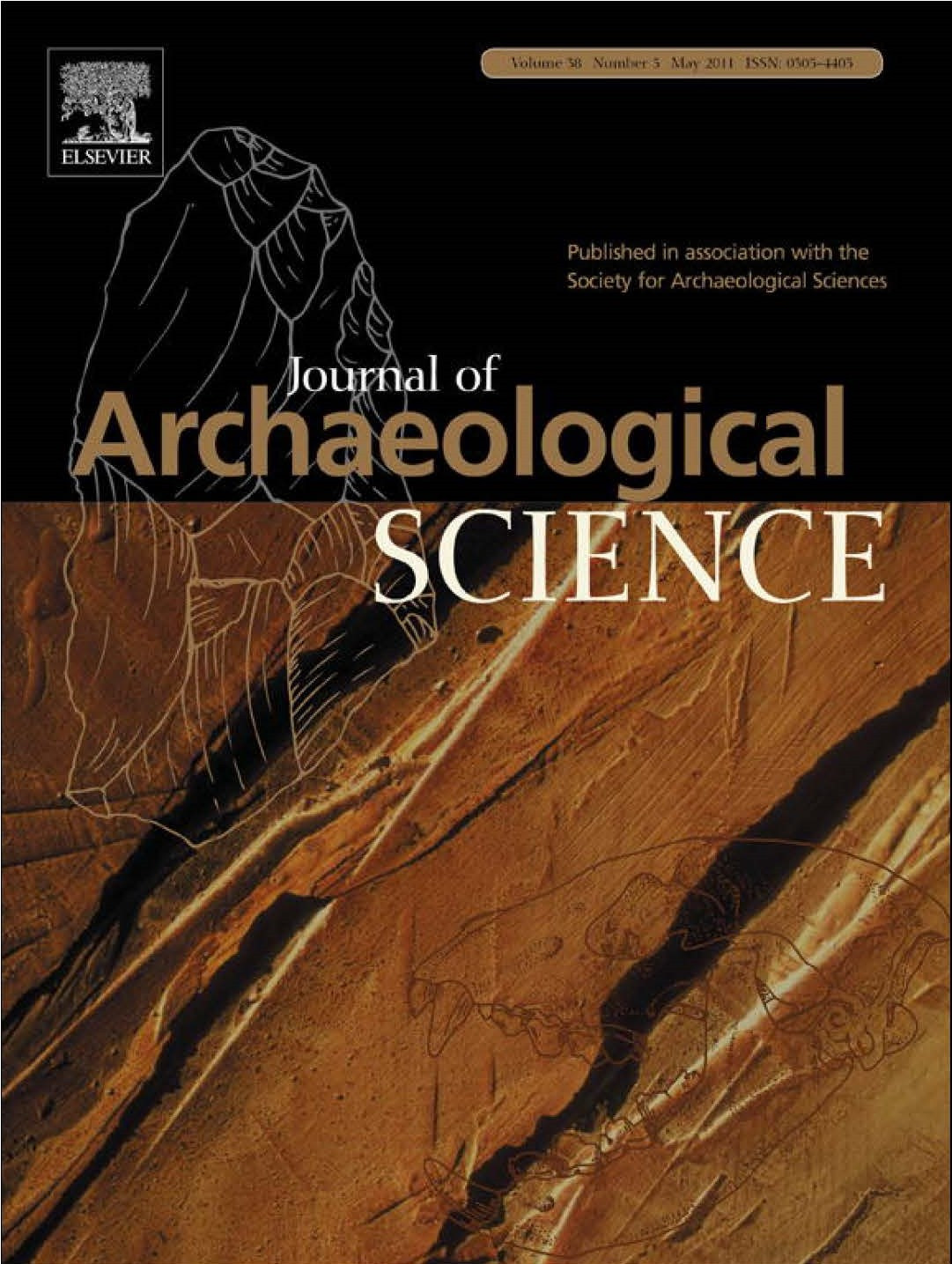Chemical evidence for wine production around 4000 BCE in the Late Chalcolithic Near Eastern highlands
Hans Barnard, Alek N. Dooley, Gregory Areshian, Boris Gasparyan, Kym F. Faull DownloadArchaeological excavations in the Areni-1 cave complex in southeastern Armenia revealed installations and artifacts dating to around 4000 cal. BCE that are strongly indicative of wine production. Chemical evidence for this hypothesis is presented here using a new method to detect the anthocyanin malvidin that gives grapes and pomegranates their red color. Using solid phase extraction (SPE) and alkaline treatment of the samples, followed by combined liquid chromatography-tandem mass spectrometry (LC-MS/MS), this method was applied to authentic standards and four ancient potsherds from Armenia and Syria. A positive result was observed for two of the samples from the Areni-1 cave complex, adding evidence supporting the hypothesis that wine was produced in the Near Eastern highlands in the Late Chalcolithic Period.
https://journals.scholarsportal.info/details/03054403/v38i0005/977_cefwpatlcneh.xml


